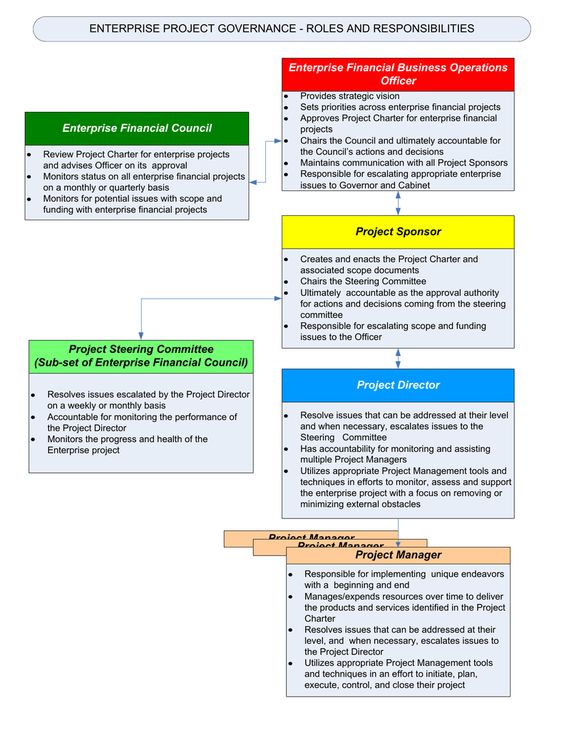Introduction
Project risk management is an essential component of project management. It involves identifying, assessing, and managing potential risks that may impact a project’s objectives, timelines, and budget. In this article, we will discuss the most common tools and techniques used for project risk management.
Risk identification techniques
The first step in project risk management is to identify potential risks. This can be done using various techniques, including brainstorming, checklists, and interviews. Brainstorming involves gathering a group of stakeholders to identify potential risks. Checklists involve reviewing past projects to identify common risks, and interviews involve speaking with subject matter experts to identify potential risks.
Risk probability and impact assessment
Once risks have been identified, the next step is to assess their probability and impact. This can be done using a risk probability and impact matrix, which helps to identify the likelihood and potential consequences of each risk. This information can then be used to prioritize risks and develop a risk management plan.
Risk mitigation strategies
Risk mitigation strategies are actions that can be taken to reduce the likelihood and impact of identified risks. These strategies may include contingency planning, risk transfer, and risk avoidance. Contingency planning involves developing a backup plan in case a risk event occurs. Risk transfer involves shifting the risk to another party, such as an insurance provider. Risk avoidance involves making changes to the project plan to eliminate the risk altogether.
Risk response planning
Risk response planning involves developing a plan to address each identified risk. This plan should include a detailed description of the risk, the probability and impact of the risk, and the mitigation strategies that will be used to reduce the risk. The risk response plan should also include a timeline for implementing the mitigation strategies and a description of the resources that will be required.
Risk monitoring and control
Risk monitoring and control involve tracking identified risks throughout the project lifecycle and taking action to control and mitigate the risks. This may involve regular check-ins with the project team to assess the status of identified risks and make adjustments to the risk management plan as needed.
Monte Carlo simulation
Monte Carlo simulation is a risk analysis technique that involves using a mathematical model to simulate the impact of various risk factors on project outcomes. This technique can be used to identify the likelihood of various scenarios and help project managers develop appropriate risk mitigation strategies.
Decision trees
Decision trees are a visual representation of potential decision outcomes and the associated risks and rewards. This technique can help project managers identify potential risks and determine the best course of action in different scenarios.
Root cause analysis
Root cause analysis is a technique used to identify the underlying causes of project risks. This technique involves investigating the various factors that contribute to a risk event and developing strategies to eliminate the root cause of the risk.
You might find these FREE courses useful
Conclusion
In conclusion, project risk management is an essential component of project management. By using tools and techniques such as risk identification, risk probability and impact assessment, risk mitigation strategies, risk response planning, risk monitoring and control, Monte Carlo simulation, decision trees, and root cause analysis, project managers can identify potential risks and develop appropriate strategies to manage and mitigate them. By taking a proactive approach to risk management, project managers can ensure the success of their projects and minimize the negative impact of potential risks.


